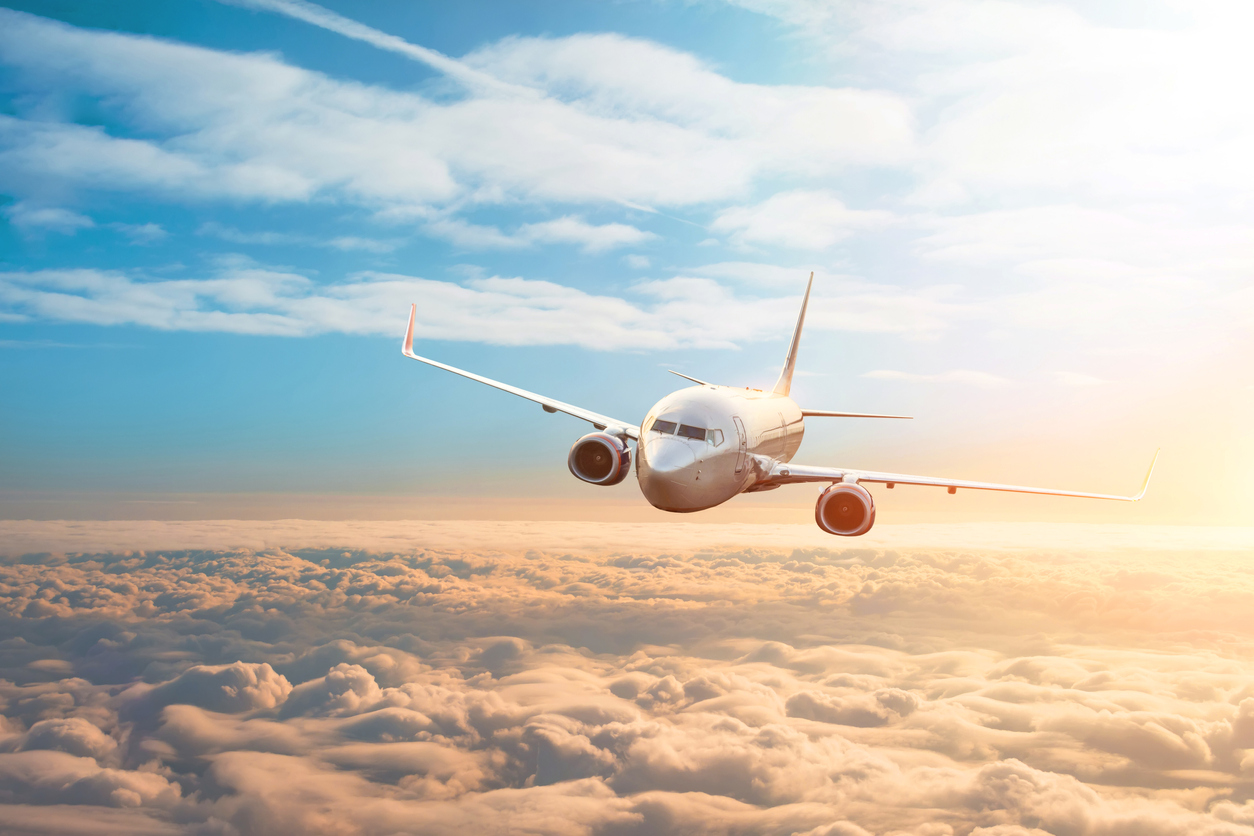
Aircraft take to the skies again, but is the captain ready to fly?

The skies are open again for flying, you have got jabbed into your arms both shots of the COVID vaccine, and are eager to take off on a plane for that much awaited holiday.
But hold on.
A number of potentially disastrous aviation errors have recently taken place in the US as pilots have returned to work after a long hiatus. These mistakes were confidentially reported by many out-of-practice pilots since the start of the pandemic, and are stored in a database designed to identify emerging safety threats, reported Bloomberg.
Sample this:
An airline pilot forgot to start his plane’s second engine for take-off, a mistake that could have ended in disaster if he hadn’t aborted the flight. This pilot started flying after taking time off recovering from COVID.
Another pilot took to the skies after a seven-month layoff and descending to land only to realise – almost too late – that he hadn’t lowered the wheels. He pulled out of the approach just 800 feet from the tarmac.
Another passenger plane headed off in the wrong direction, and was flown by a captain who was back in the cockpit for the first time in more than six months.
The Federal Aviation Administration is seeing flashing warning signs across the world in all these reports.
Commercial flying in the US is still 17 per cent off normal levels; in Western Europe it remains down by 35 per cent, while the shortfalls is greater in the Middle East, Southern Africa and Southeast Asia.
Bloomberg noted in its report that many pilots are returning to work after more than 18 months, and concerns are growing that a lack of proficiency, confidence, or simply one moment of forgetfulness could lead to tragedy.
“It is really a critical situation. The last thing the industry needs now is a bad accident,” Uwe Harter, a grounded Airbus SE A380 pilot for Deutsche Lufthansa AG who’s also the executive vice president for technical and safety standards at the International Federation of Air Line Pilots’ Associations, was quoted as saying.
It further said the International Civil Aviation Organization, International Air Transport Association, and Europe’s top aviation regulator have published training guides to help airlines transition out-of-practice pilots back into the air.
Also read: Normalcy? Domestic flights can carry 100% passengers from Oct 18
But fears still loom over an industry that has already suffered much because of the global pandemic, and which has drawn up losses amounting to $138 billion last year and another $52 billion expected this year.
The pilot who tried to get airborne on one engine in December last year said in his report that his recovery from a Covid infection was “heavy on my mind” and contributed to “lack of focus”.
Rajee Olaganathan, an assistant professor at Arizona’s Embry-Riddle Aeronautical University, reportedly said that airlines need to educate pilots about skill deterioration and build suitable training programmes. But the crew also need to be candid about their abilities.
Also read: Aircraft carrying parachutists crashes in Russia, 16 killed
According to the Bloomberg report, some pilots reported a loss of muscle memory on return to flying, while others wondered if they still possessed the clear-mindedness needed to handle a mid-air crisis.
A senior pilot for Qantas Airways was reported as admitting that colleagues who haven’t flown for six months typically make one or two minor procedural errors on their return.
Many airlines and aviation regulators, however, are saying the risks are under control.
The FAA said in a statement that its “comprehensive data-driven safety oversight system enables the agency to detect risks and address problems early, including any that may result from pilots returning to work after COVID-related furloughs.”

